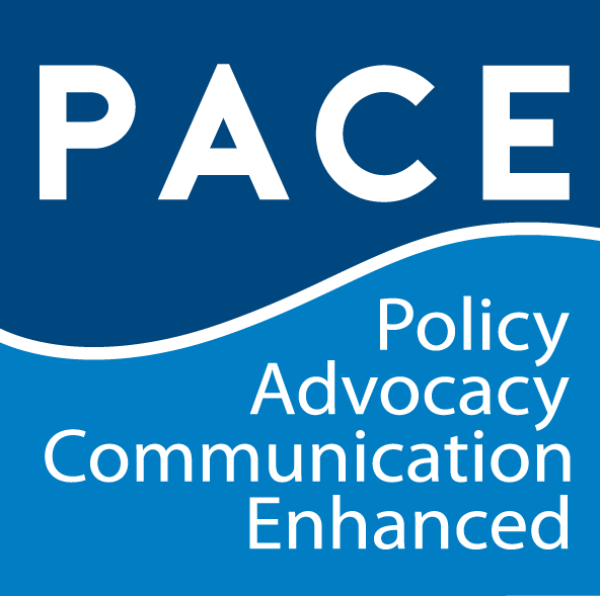The Data Visualization module introduce participants to the key principles of telling a story with data. Presentations cover the principles of data visualization, including why data visualization can boost comprehension and key design principles. The presentations include a wide variety of examples, as well as “before” and “after” case studies, illustrating how visualizations can be improved. Exercises challenge participants to create their own data visualizations, both working in groups and working individually with their own research.
At the conclusion of this module, participants will be able to:
- Define key principles of data visualization.
- Describe common features of infographics.
- Critique a data visualization based on graphic design standards.
- Construct their own data visualization.
At the conclusion of this module, participants will have developed their own:
- Data visualization.
Download All Materials (ZIP)
Download the French Translation (ZIP)
Download the Spanish Translation (ZIP)


